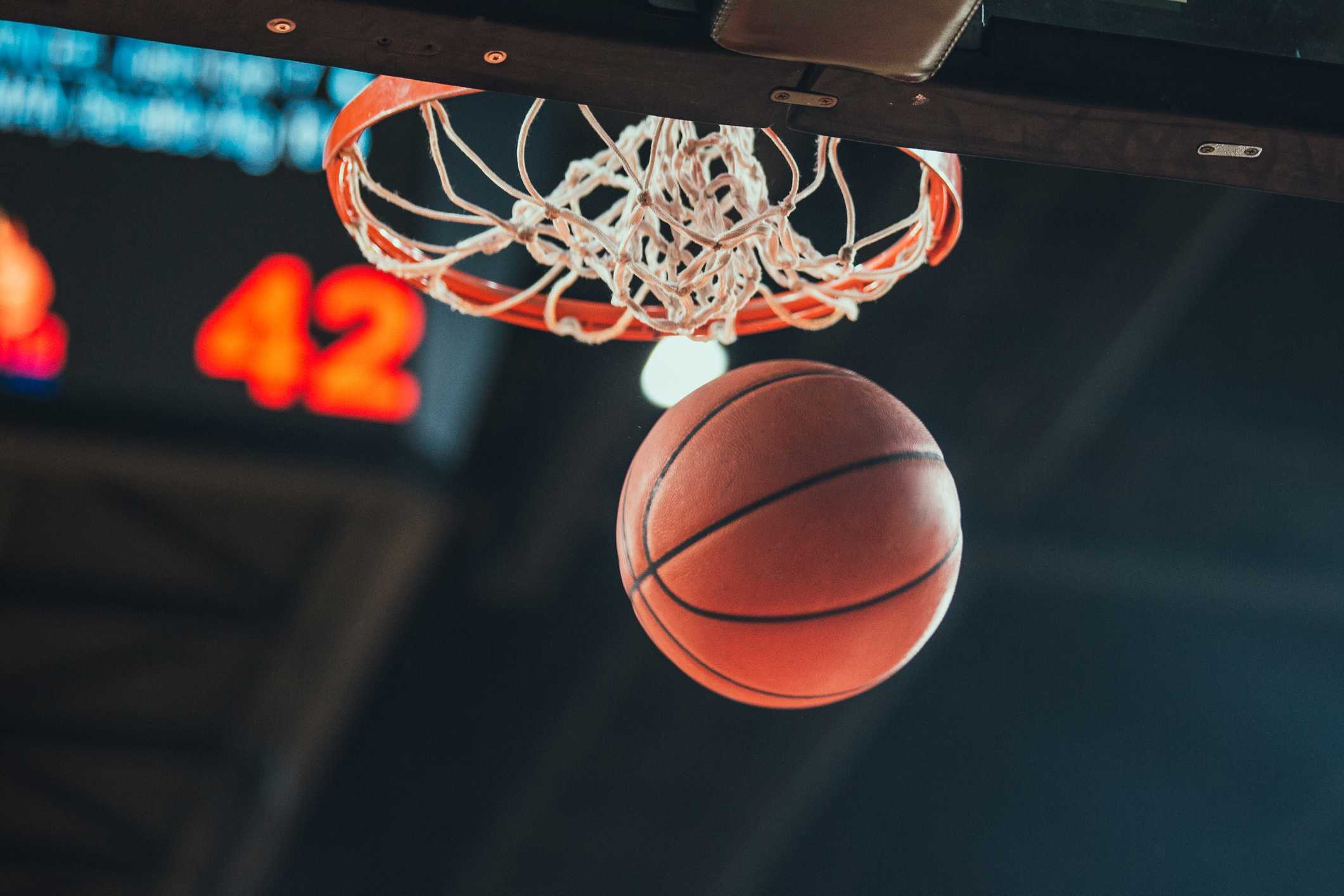Rules and Regulations of Youth Basketball

Team sports play an essential role in the lives of children and youth. It helps the kids in learning the necessity of teamwork in life. Playing basketball helps in the development of leadership qualities, physical health, peer relationships, and self-esteem.
Basketball is an amazing game for kids. It is comparatively inexpensive and does not need much equipment. In order to play basketball, it is essential to be aware of the basketball rules for kids. The rules books are filled with a wide range of complicated scenarios and words. Here is an article with basic rules of basketball for youth.
Youth Basketball’s Youth Philosophy
The core philosophy of basketball for youth is to provide the players with a program that teaches the fundamentals to the participants. It also teaches defensive and offensive ideology of basketball to the players. It also teaches sportsmanship and to respect their officials, players, coaches. In addition to this, the rules are also an essential part of basketball.
Court
- The court of the game is a rectangle that can differ slightly on the basis of dimensions. Usually, the length of the court is 94 feet, and the width is 50 feet.
- The baskets are established on a backboard and at each end of the court. It is elevated around 10 feet above the ground.
- In the court, the free-throw line is situated 15 feet from the backboard’s face.
- In basketball, the distance of the three-points line differs on the basis of the level the game is being played.
NBA = 23 feet, 9 inches.
NCAA = 20 feet, 9 inches.
High School = 19 feet, 9 inches.
- In the basketball court, each hoop is a circle that is 18-inches in diameter.
- The change circle in the court is a semi-circle that is surrounding the hoop and is located at a distance of 4 feet.
- There are different types of basketballs that come in a wide range of sizes in order to make it easy for players of different ages.
Men’s basketball = Size 7 = 29.5 inch circumference
Women’s basketball = Size 6 = 28.5 inch circumference
Youth Basketball = Size 5 = 27.5 inch circumference
Clock Timings
The most obvious question that comes to mind when people think of basketball is how long a basketball game is? How many innings in basketball? Here are the answers to these questions.
Playing Period – The playing period of basketball is four-minute for most of the divisions. The playing period for seniors and varsity is ten-minutes. Every period is continued on a clock, and it is stopped for technical fouls and timeouts.
During the game, the clock is stopped in the course of last two minutes on all situations of the dead ball for all the divisions. If the difference in points is ten or more, then the clock will continue until the final score reaches less than ten points.
Half Time – In the game, the 1st half comprises first and second periods, and the 2nd half includes the third and fourth periods. The duration of the half period is three minutes.
Time Out – Each team in the game is provided two timeouts in both the half. The teams should take timeouts in their halves, or the teams will lose it.
Overtime – At the end of regulation, if there is a tie in score, then there is an overtime period of around 3-5 minutes. After overtime, if there is still a tie, the overtime period is again introduced. It continues until a winner is decided.
Pee Wee Division of Youth Basketball
The first question is, how many players on a basketball court? Or how many players on a basketball team? This division of the game includes up to ten players belonging to the age of 4 and 5. Each team can have a coach and four players on the court.
Height of Basket – 6 feet.
Size of Basketball – 3.
Free Throw Line – 10 feet.
1. Players
Teams are allied to have a maximum of four players on the court. The coach stays on the court in order to help dribble. The coach is allowed to stay on the court at a defensive end but is not allied to play defense.
2. Rules
The basketball league does not stick to the rule book as most of the players in the game do not comprehend violations or fouls. The officials in this game utilise their best judgments. The violation or penalties are only enforced if the players are taking advantage.
3. Exception
There are no key violations in this game, and the traveling includes three steps.
4. Defense
During the game, at any time the teams might play man to man or zone. In this sport, there are no specific limitations, and zone defense is recommended.
5. Press
The defense player is not allowed to defend until the basketball crosses the half-court line. Full-court press is not allowed.
6. Free Throws
All the players of the are allowed one free throw before starting the game. Each free throw that is successful is recorded in the scorebook and is included in the overall team score. The free throws are administered by the officials. If any player misses the throw, he or she is allowed to shoot one additional shot in order to balance the attempts of the team. The line of free-throw is decided by the officials. During free-throw attempts, a shooter is allied to touch the line,; however, the player should not cross the line with the foot.
7. Back-Court Rule
After securing the rebound, the 1st pass should be to the coach, in the back-court.
Junior Varsity Division of Youth Basketball
Height of Basket – 6 feet
Size of Basketball – 3 (mini)
Free Throw Line – 10 feet
1. Players
Each team can have around ten players belonging to the age of 6-7 years, and five players are allowed on the court.
2. Defense
During the game, teams might play man-to-man or zone. There are no specific limitations, and zone defense is suggested.
3. Press
After the ball crosses the half-court line, the teams are allowed to defend the ball. The defensive players should stay in the area of three-second until the ball penetrates the line of half-court.
4. Foot in the Key
Every defensive player in the game is required to put at one foot in the key and should remain in the three-second area till the basketball penetrates the half-court line.
5. 3-Second Violation
The offensive player of the team should not stay in the key for 5 seconds or more; otherwise, it counts as a violation.
6. Free Throws
Before starting the game, each player is allowed to shoot one free throw. All the successful free throws of the team are recorded in the scorebook and are included in the overall score of the team. Free throws are administered by referees. Both teams shoot free throws at different baskets, at the same time. If any player misses a throw, he or she can to shoot one extra shot in order to balance the attempts of the team.
Varsity Division of Youth Basketball
Height of Basket – 10 feet
Size of Basketball – Intermediate
Free Throw Line – 15 feet
1. Players
In this division of basketball, a team can have up to ten players belonging to the age of 8-10 years. Five players of each team are allowed on the court.
2. Press
During the last 5 minutes, teams are allowed full-court press. Any press is permitted during this time.
3. Defense
During the game, any half-court defense can be played.
4. Penalty
Only one warning is allowed per half for each half during the match.
5. Free Throws
Free-throw line in the varsity division is at 15 feet. Shooters are allowed to touch the line,; however they should not cross it completely
Senior Division of Youth Basketball
Height of Basket – 10 feet
Size of Basketball – Official
Free Throw Line – 15 feet
1. Players
In the senior division of youth basketball, a team can have up to ten players aged 11-13 years. Five players from each team are allowed on the court.
2. Defense
In the complete first half, teams should use man-to-man defense. In the second half, the teams should play either zone or man-to-man defense.
3. Penalty
Team technical fouls are assessed, and one warning per team is allowed.
4. Press
During the game, at any time, the teams might employ a full-court press. During the first half, the teams are allowed to play man-to-man full-court press only if they take the decision to press.
5. Man-to-man Defense
During the game, the defensive player should be within a guardian position of six feet. The defensive team is allowed to double-team the player having the basketball. It is not allowed to double-team any player not having the basketball. Per half only one warning is allowed to each team. Any other infractions might lead to a technical foul.
Basketball is one of the best low-cost options, that renders opportunity for kids belonging to all ages to attain benefits of sportsmanship and physical activity.





